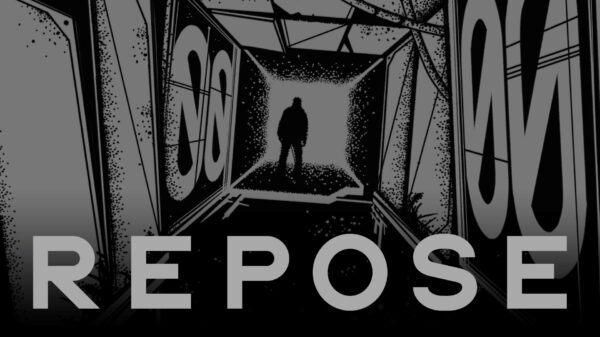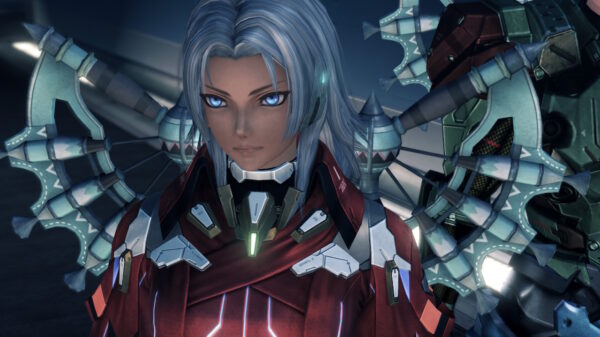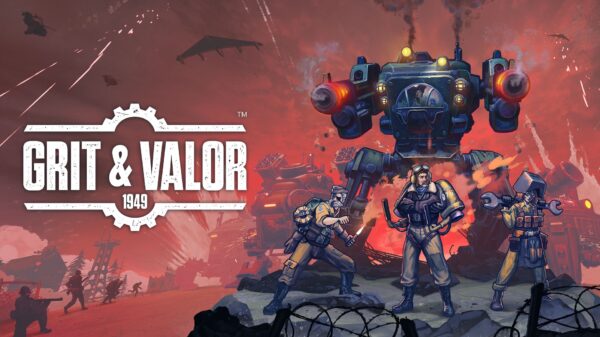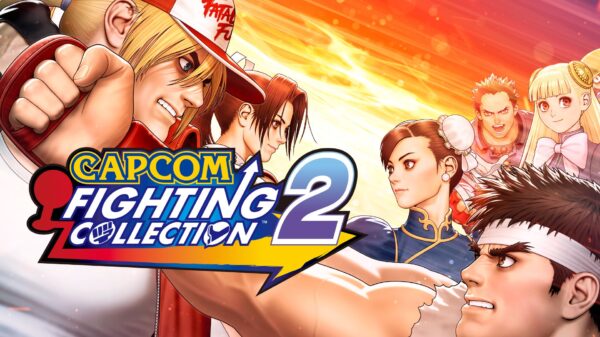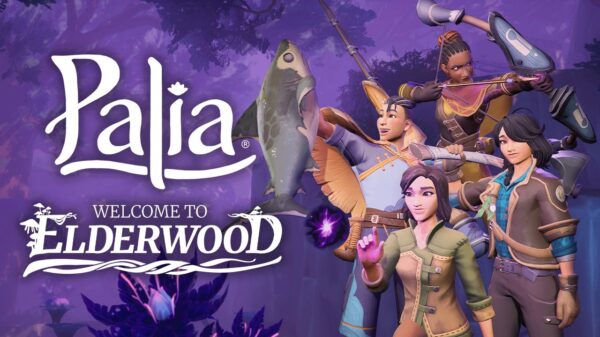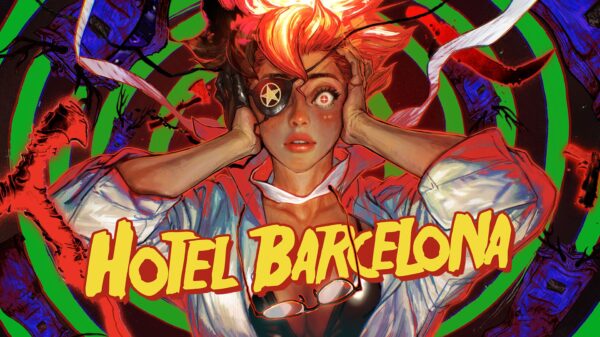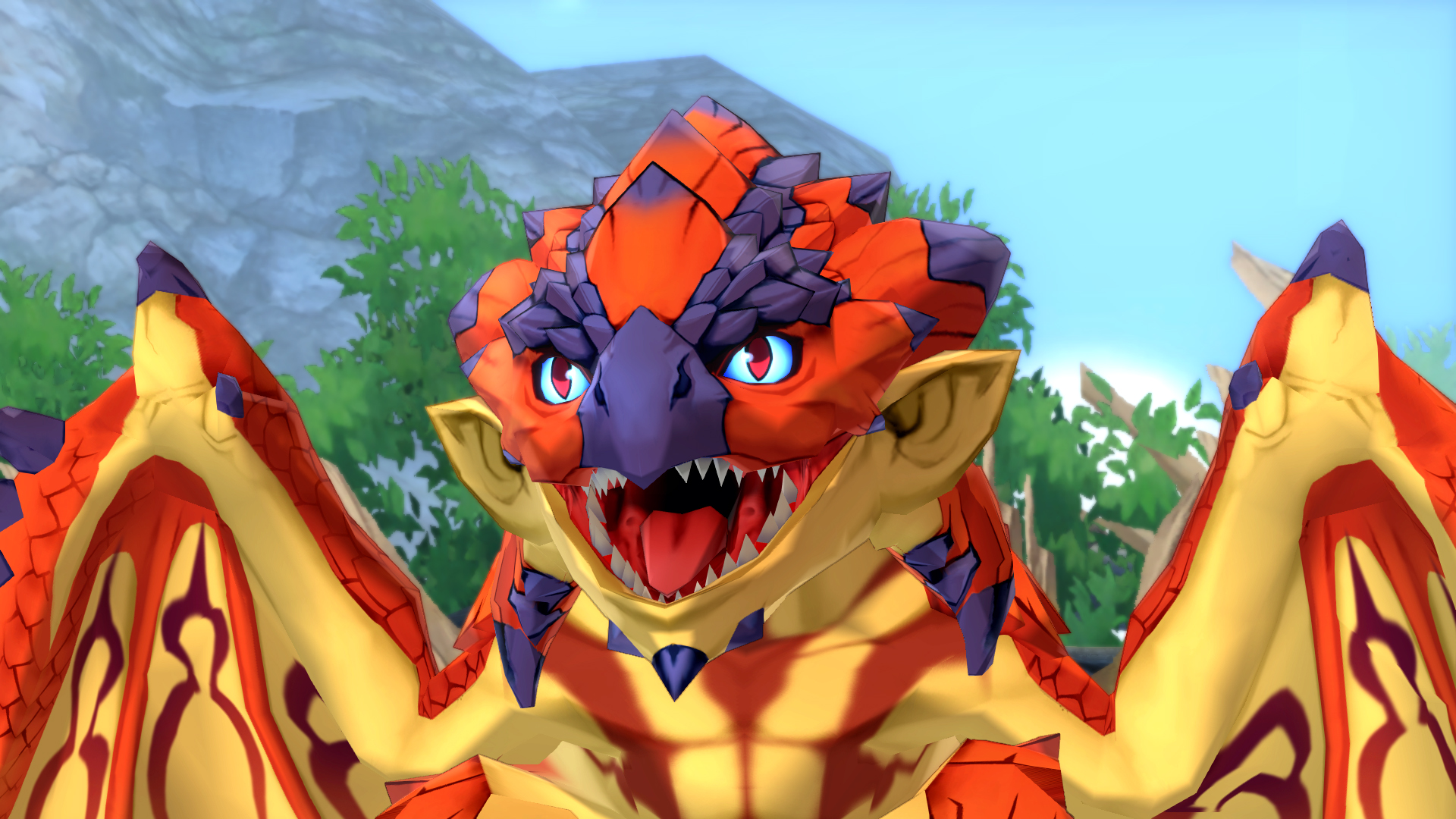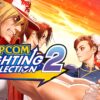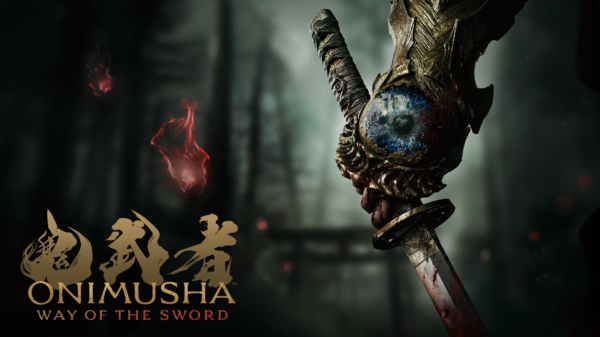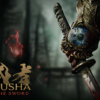Earlier this month, I was invited to a Capcom event to test out Monster Hunter Stories for the Nintendo Switch and Monster Hunter Stories 2: Wings of Ruin for the PlayStation 5. As someone who’s never invested too much in the Monster Hunter franchise, I walked away more interested in the series than I’ve ever been.
My knowledge of Monster Hunter only went as far as Monster Hunter Rise, thanks to it being on Xbox Game Pass. But it wasn’t something I invested too much time into. It’s not to say that the game wasn’t enjoyable. It just didn’t click for me.
With that in mind, I was caught off guard because it was nothing like the previous game I had played. Both Monster Hunter Stories games played a lot like Nintendo Pokemon games, and because of this, I found it so much more enjoyable.
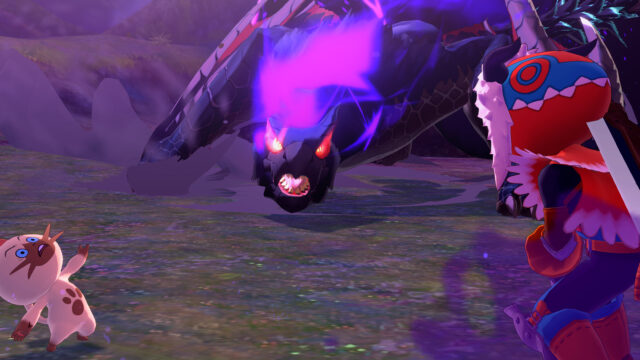
Both games take what makes Pokemon fun and unique and perfectly transfer it to the world of Monster Hunter. It does it in a way that doesn’t feel disrespectful or lazy; instead, it feels more like it’s paying homage to it.
Similar to the Pokemon games, you can do a handful of attacks. But it’s not as in-depth as you’d expect. Instead of trying to remember what type of Monster is weak to a specific attack, you have to anticipate what they’ll be most weak against. During my time with both Monster Hunters, I could switch between no more than three move sets, which included Power, Speed, and Technical. So guessing the right move didn’t take all that long. Finding out which attacks certain Monsters were weak to was half the fun. Despite Monster Hunter Stories and Monster Hunter Stories 2: Wings of Ruin being two different platforms, it was easy to jump between them because they played similarly. The only notable difference was the graphics between the two.
What made the combat noticeably different is that whenever you and your Monster would do the same attack, they would sync up and do a super move that inflicted much damage at once. What’s especially nice about this is that the game rewards you for it because whenever it happens, the camera angles mirror what you see in a Shonen anime. This got me excited to see how this would look with other Monsters in my party.
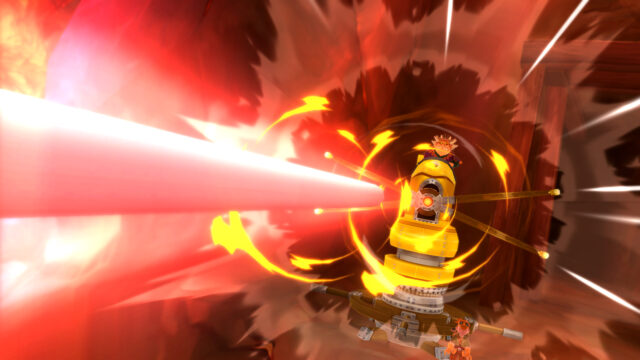
That said, there was hardly a moment where I felt as if I was underpowered. Granted, I was only able to play the first hour of both games, but there was never a moment where I felt the need to grind to level up. Whenever things did get somewhat challenging, I never felt like I was in actual danger because it was extremely easy to find healing items. Without realizing it, I had collected a handful of herbs that would patch me up whenever I needed extra HP. It would have been nice to have been tested a bit, even if it was in the early stages.
Even though I was able to easily defeat various enemies, there were still a lot of things for me to do, even within the starting area of the game. In Monster Hunter Stories, it didn’t take long for side quests and various areas of the world to open up. Admittedly, I may have spent a little too much time in my house looking through all the various clothes I could put on while ensuring that my cat friend looked as dapper as I did.
The same goes for Monster Hunter Stories 2: Wings of Ruin; although I wasn’t too worried about my looks, I was more curious about the people around me, even if it didn’t advance the story. Before I left the initial camp, I got too carried away with chatting with all the NPCs I could.
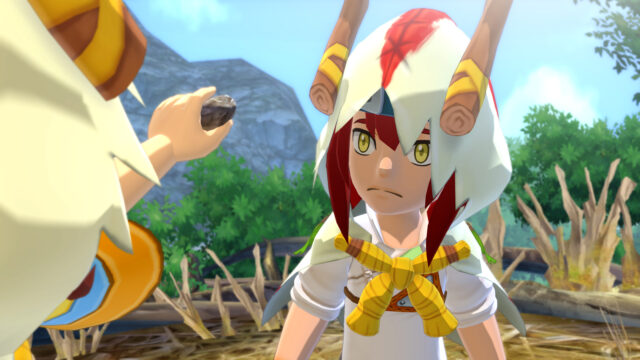
Even though both Monster Hunter Stories are coming out on separate platforms, they share the same tone and style. As someone who watches a lot of anime, I quickly noticed that both games follow many tropes that I’ve seen in countless shows.
For instance, in Monster Hunter Stories, you play as a child whose goal is to become a Rider alongside your friends. As the story progresses, it’s revealed that there hasn’t been someone as young as your character who has as much potential as one of the greats. That wasn’t the only anime influence I saw in it, either. Something prevalent in the story was the power of friendship with goofy and fun characters and how you can work together to overcome any obstacle.
It’s also worth mentioning that Monster Hunter Stories 2: Wings of Ruin shares many of the same beats. In this sense, you play as someone who’s fairly unknown, but thanks to a little bit of hard work and the guidance of others, you’re able to climb up to newer heights.

But even though both games lean heavily into a lot of these tropes, I was never sick of them. Since both of them take a lot of elements from Pokemon it added a layer of innocence to the game that made it much more enjoyable. Whenever one of the NPCs made a corny joke, I couldn’t help but laugh, and because of how much time you spend with the other riders, I found myself caring about them even though I was only to play for a short amount of time.
If you’re someone like me who’s never played much of Monster Hunter in the past, then Monster Hunter Stories and Monster Hunter Stories 2: Wings of Ruin might be for you. Even though both stories share similar beats, they’re vastly different from one another. It helps both of these step away from their traditional real-time combat and lean more into turn-based, which allows them to stand out from other games in the franchise. Monster Hunter Stories is scheduled to be released on June 14 for the Nintendo Switch, and Monster Hunter Stories 2: Wings of Ruin is expected to be released on June 13.



